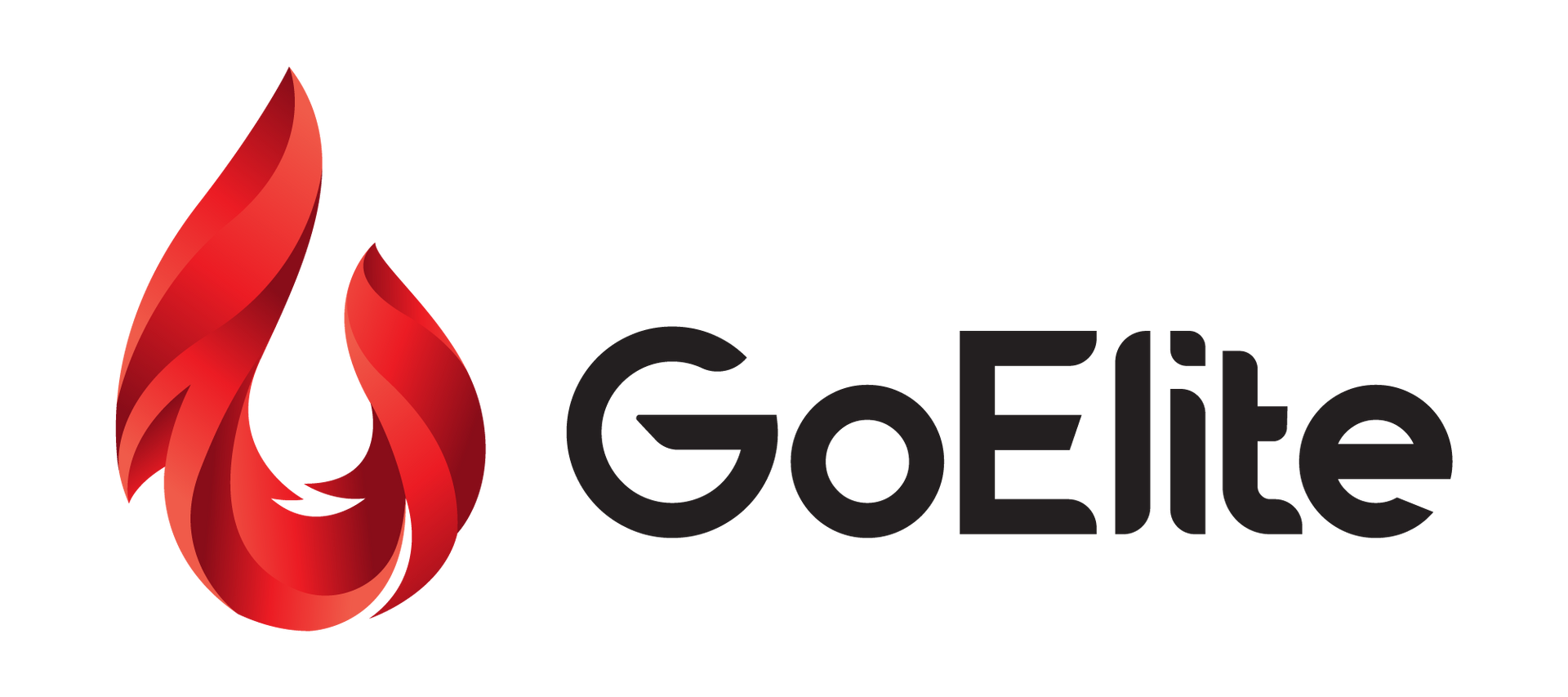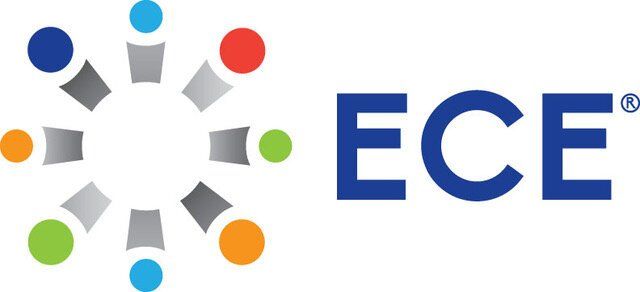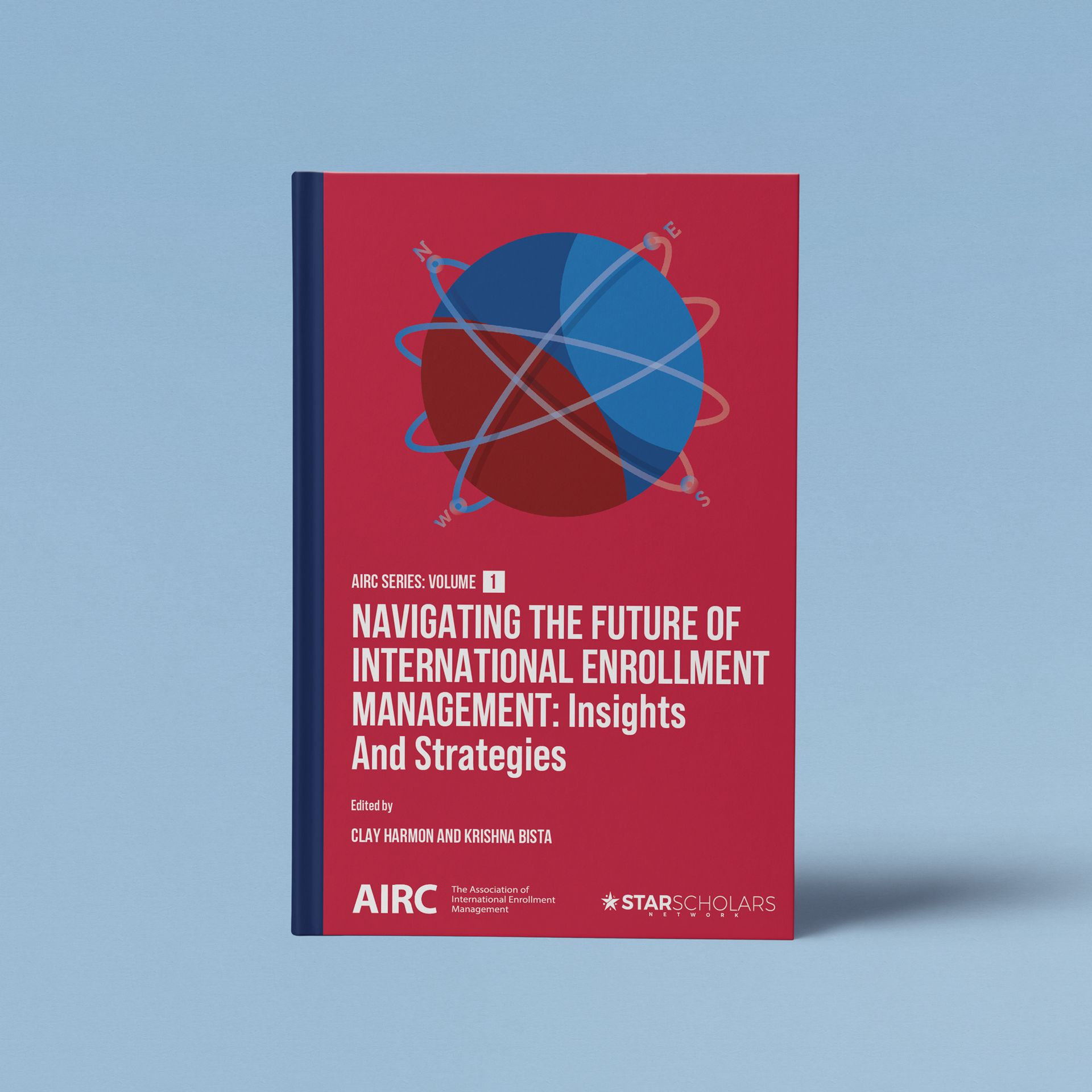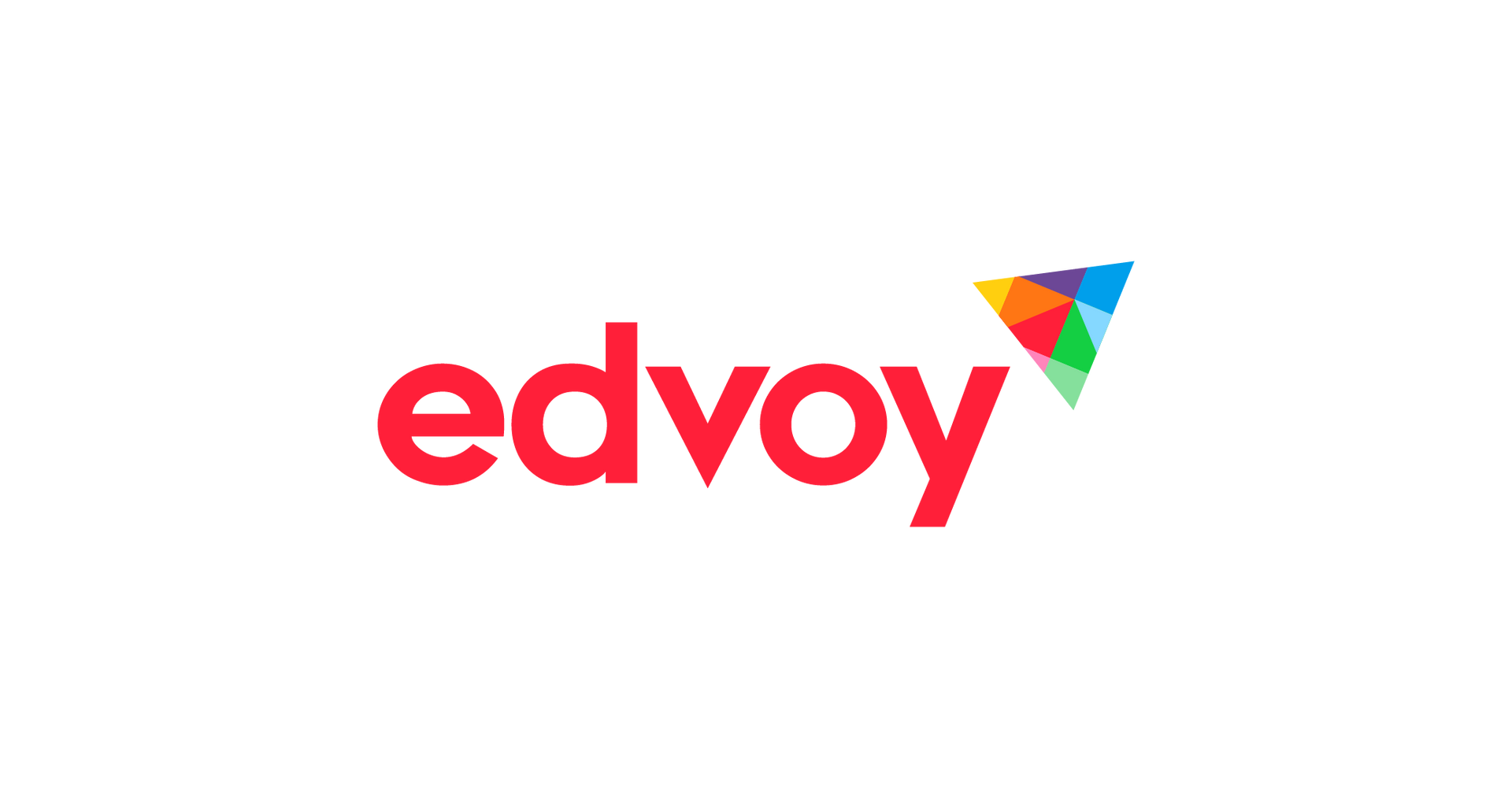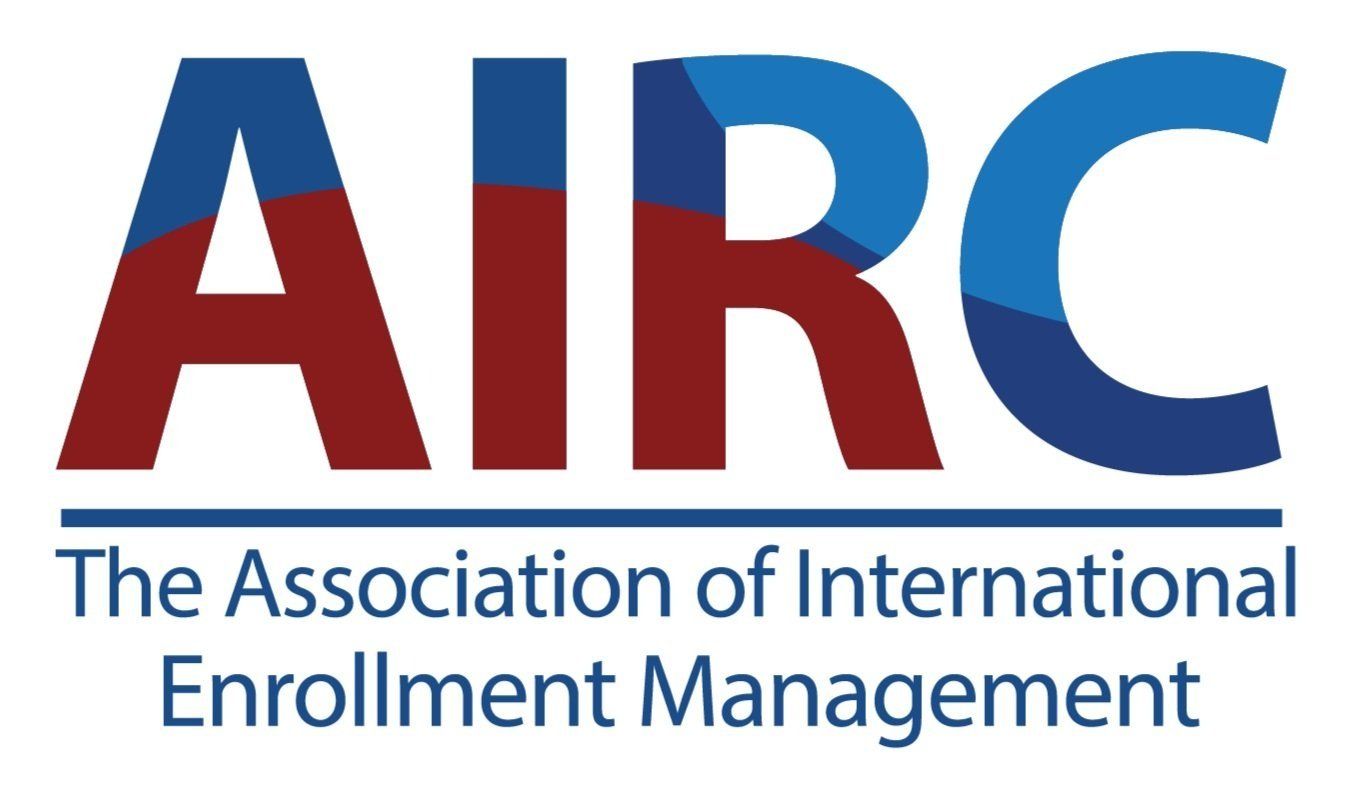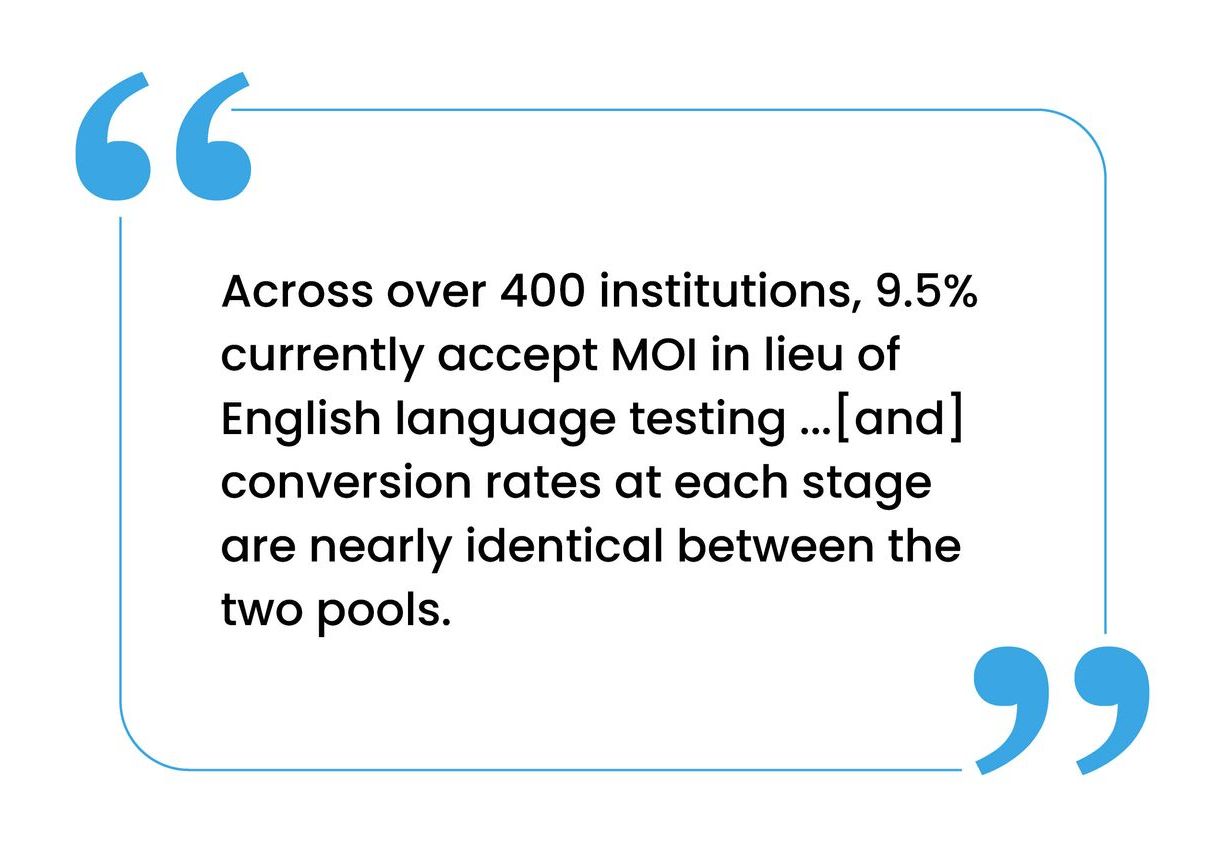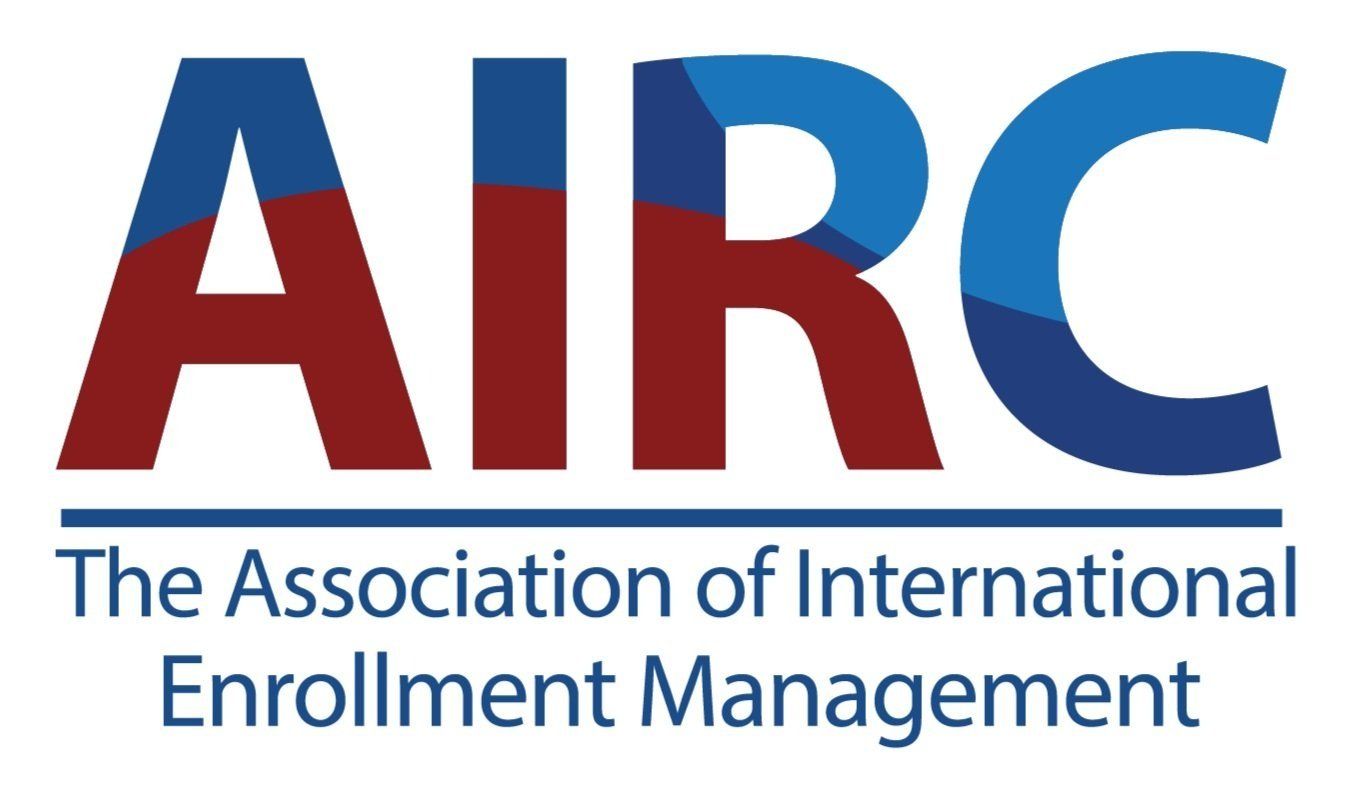Most universities waive English language test requirements for students from countries where English is the official language or if they have a degree from an institution in an English-speaking country. However, there are also cases where students come from non-exempt backgrounds but were taught in English during their previous academic coursework. India is perhaps the most obvious country with this scenario, with many institutions offering Medium of Instruction (MOI) certificates to verify that the student completed their previous coursework with English as the primary language of instruction. As English language testing can be both costly and time-intensive, students and agents alike often ask universities to consider accepting MOI in lieu of testing as a way to lower application barriers without reducing quality.
Analyzing the Effectiveness of Application Incentives
Over the past several months, the education community has closely followed and responded to policy decisions that have significantly affected the recruitment of international students to U.S. institutions. As we continue to navigate these evolving challenges, Leap GeeBee and our university partners remain committed to driving forward, supporting not only yield efforts for the Fall 2025 intake but also encouraging applications for future terms.
Several recent strategic discussions with our institutional partners have revisited the concept of application incentives and flexibility on admissions requirements. While such incentives encourage students to submit applications, do they ultimately work? And, do they simply drive up application volume or do they actually improve other points of the application funnel?
Application fee waivers
Application fees serve a variety of purposes in the admission process. Practically speaking, there are real costs to be covered in the processing of application materials. Conceptually, the application fee can be an intentional barrier, requiring students to have enough genuine interest in a school to pay the fee. However, incremental costs build quickly as students prepare their application materials, and seemingly nominal amounts in US dollar terms can be significant in the home countries of potential students. Additionally, the initial application is only one of many touchpoints during the admissions process when a university can engage with great students. Lessening the barriers to apply brings more students into a university’s funnel, thus increasing the volume of potential students to admit and ultimately enroll
But, what does the data tell us?
- Out of 138 universities recently reviewed, 98 of the institutions (71%) provided application fee waivers.
- Perhaps not surprisingly, these institutions received 98.2% of applications submitted during the observed time frame.
- Admit rate was effectively the same across the two pools. However, offer acceptance as measured through I-20 issuance was lower for fee waiver schools, at 36% compared to 48% for those who required the fee. While conversions for app fee waiver schools were lower by 12 percentage points at the I-20 issuance stage, the higher volume generated by these schools provided a strong enough base to outweigh these losses in ultimate enrollment numbers.
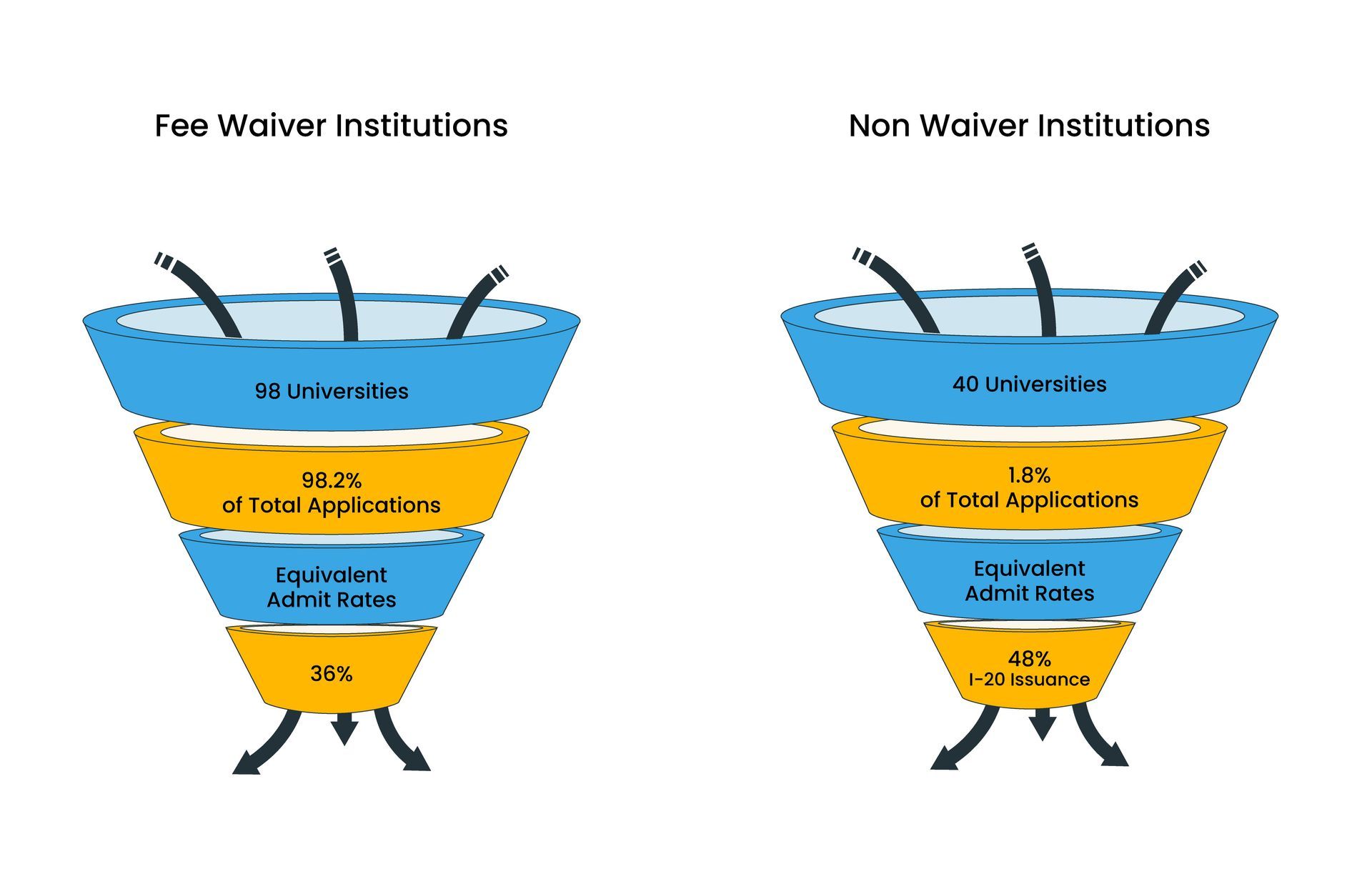
Application fees are more easily waived by some schools than others. For some institutions, there is the reality of costs that must be covered. For others, providing a waiver to some students and not others creates an equity issue. If waivers are possible, however, they offer a tangible incentive for students that meaningfully increases application volumes.
Institutions who are unable to offer blanket waivers can consider a more measured approach such as tying waivers to webinar participation, a specific time frame, or association with an educational agent. This tailored approach can also provide further data to support a longer term waiver strategy, as it gives universities the ability to compare the quality and conversion of applicants across both pools from the same recruiting cycle.
Medium of Instruction (MOI) documents as proof of English language proficiency
Across our full partner data set of over 400 institutions, only 9.5% of institutions currently accept MOI in lieu of English language testing. However, conversion rates at each stage are nearly identical between the two pools.
- Admit rates were effectively the same for both populations, though I-20 issuance was slightly higher for those requiring testing.
- While a common concern voiced around MOI is whether students will have strong enough language proficiency to successfully pass their visa interviews, our data showed equivalent visa approval rates for MOI applicants as for English language test takers.
Accepting MOI certificates in lieu of English language proficiency tests can be a larger ask for some institutions. Some university leaders may see this as a change to eligibility requirements, while faculty may question if MOI verification adequately represents students’ ability to succeed in their classrooms. One compromise approach could be a pilot where MOI are accepted given other factors, such as undergraduate GPA or reputation of the previous institution, followed by tracking the success of that pilot group of students not only through enrollment but through graduation. For more timely impact, data from peer institutions who already accept MOI can be persuasive for building a case to test the concept.
I-20 issuance without an enrollment deposit
Over the last two years, Leap GeeBee’s university partners have deployed strategies across the spectrum with respect to enrollment deposits. Institutions concerned with growing transfer-out numbers have both increased deposit amounts and introduced them earlier in the process. Others have chosen instead to delay deposits until after visa issuance, recognizing increasing student reluctance to pay significant deposit amounts (even if refundable) in a climate of increasing visa rejection rates.
Not surprisingly, the lack of a pre-I-20 enrollment deposit had a significant impact in the data set reviewed by our team.
- Across our reviewed data set, 35.5% of institutions currently do not require an enrollment deposit prior to issuing an I-20 to a student.
- Those institutions achieved a 95% I-20 issuance rate compared to only 31% for those who did require a deposit.
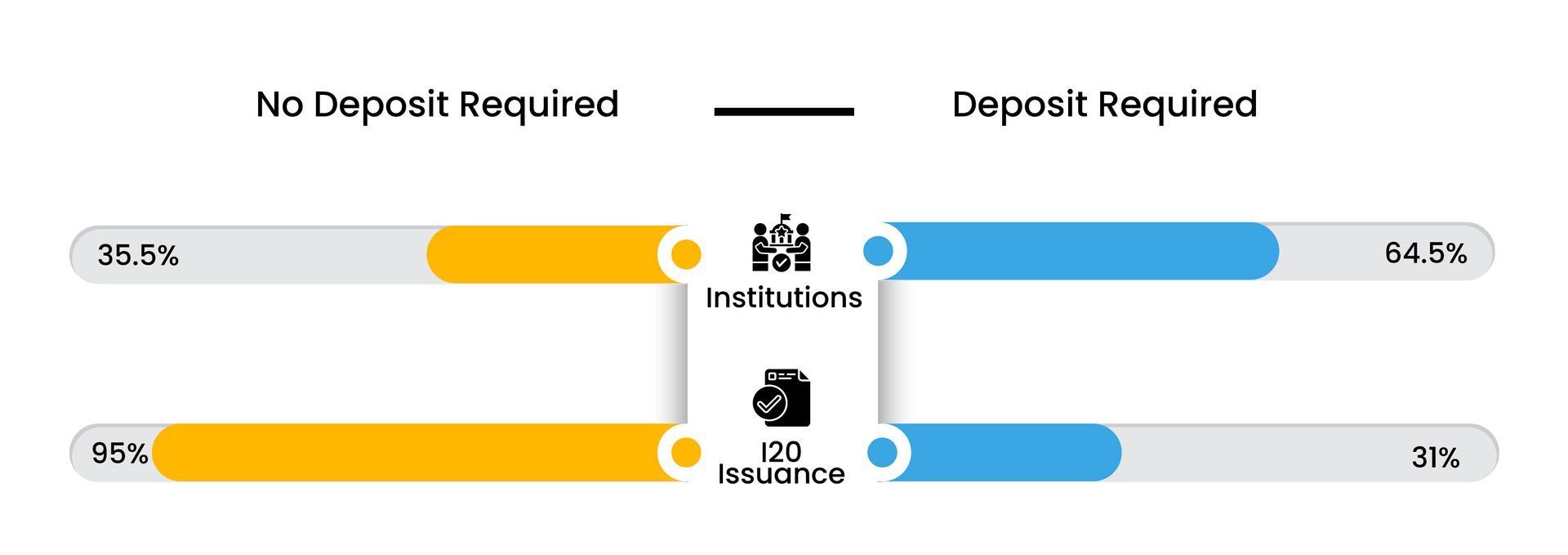
Given current uncertainty around visas, we strongly encourage universities to waive or delay enrollment deposits until after visa issuance to keep students moving along the process and engaged with your institution. We actually recommend not removing the deposit entirely, but rather delaying it until after visa approval to further solidify the student’s likelihood to matriculate. Universities can then mitigate potential transfer out scenarios by increasing deposit amounts, which is more palatable to a student after their visa has been approved since deposits are credited towards tuition. By shifting the timing of the enrollment deposit to later in the process, universities can relieve student anxiety prior to their visa appointments while still maintaining control mechanisms on the student’s ultimate enrollment.
At Leap GeeBee, we are grateful for our partners who frequently reevaluate their strategies with us and modify the options they are able to offer to applicants. In a time of policy uncertainty, these institutions encourage students through their pipeline by offering incentives like those outlined above to improve volume without sacrificing quality. No single strategy is a silver bullet, but deploying such tactics allows institutions to improve different stages of the application cycle while also demonstrating to students an awareness of and desire to mitigate the barriers they face.


